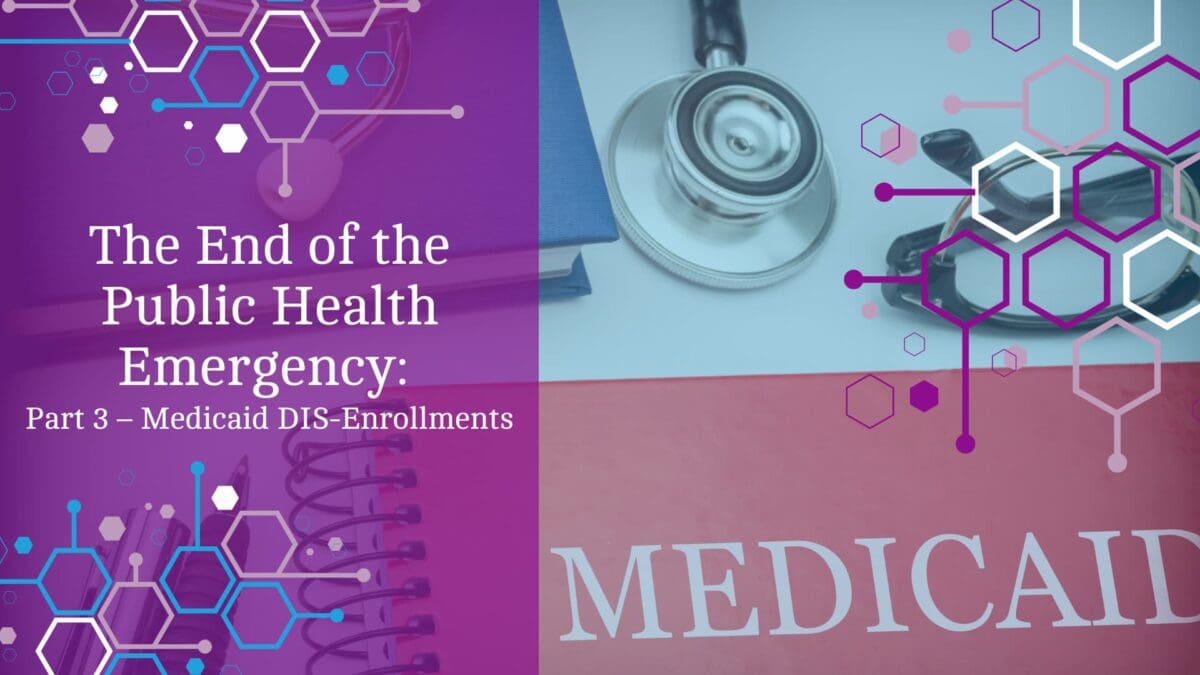As summer comes to a close, it’s essential to remain aware of potential health risks we may have come into contact with, even amidst the joys of the season. One such concern is Lyme disease, a tick-borne illness that has been linked to the summer months. At PractiSynergy, your partner in medical billing, coding, credentialing, and practice management consulting, we believe in not only optimizing healthcare practices but also in promoting awareness and education.
Understanding Lyme Disease
Lyme disease is caused by the bacterium Borrelia burgdorferi and is primarily transmitted through the bite of infected black-legged ticks, also known as deer ticks. These ticks are most active during the warmer months, making summer a time when the risk of contracting Lyme disease is heightened. While the disease can affect various systems of the body, including the skin, joints, heart, and nervous system, early diagnosis and treatment are key to preventing complications.
The prevalence of Lyme disease during the summer is influenced by several factors, including the increased outdoor activities that come with the warm weather. Hiking, camping, picnicking, and other outdoor adventures place individuals in closer proximity to tick habitats, such as wooded areas, tall grasses, and shrubbery. Ticks are more likely to latch onto exposed skin when people are wearing shorts, t-shirts, and sandals, making skin-to-tick contact more likely.
Furthermore, the summer sun encourages people to spend extended periods outdoors, increasing the likelihood of tick exposure. Ticks thrive in humid environments, and the combination of warm weather and moist conditions creates an ideal breeding ground for these tiny parasites. As a result, individuals who venture into tick-prone areas without proper protective measures are at a higher risk of encountering infected ticks.
Prevention and Awareness
At PractiSynergy, we understand the importance of proactive healthcare management. To minimize the risk of Lyme disease during the summer months, consider the following preventative measures:
Protective Clothing: Wear long-sleeved shirts, pants, and closed-toe shoes to reduce
the amount of exposed skin. Tucking pants into socks and using insect repellent on
clothing can also deter ticks.
Tick Checks: After spending time outdoors, perform thorough tick checks on yourself,
your family members, and even your pets. Pay close attention to hidden areas like the
scalp, behind the ears, and the groin.
Tick Removal: If you find a tick attached to your skin, use fine-tipped tweezers to grasp
it as close to the surface as possible. Gently pull upward with steady, even pressure.
Clean the area and your hands with rubbing alcohol, an iodine scrub, or soap and water.
Landscaping: Keep your lawn well-maintained and free from tall grasses, leaf litter, and
overgrown shrubs, as these can provide hiding places for ticks.
By staying informed, adopting preventative measures, and seeking medical attention if symptoms arise, you can enjoy the rest of the season while safeguarding your well-being. At PractiSynergy, we’re not only dedicated to your practice but also to promoting the health and wellness of both patients and healthcare providers. Stay connected to our blog for more insightful articles on healthcare topics that matter. Your well-being is our priority.











